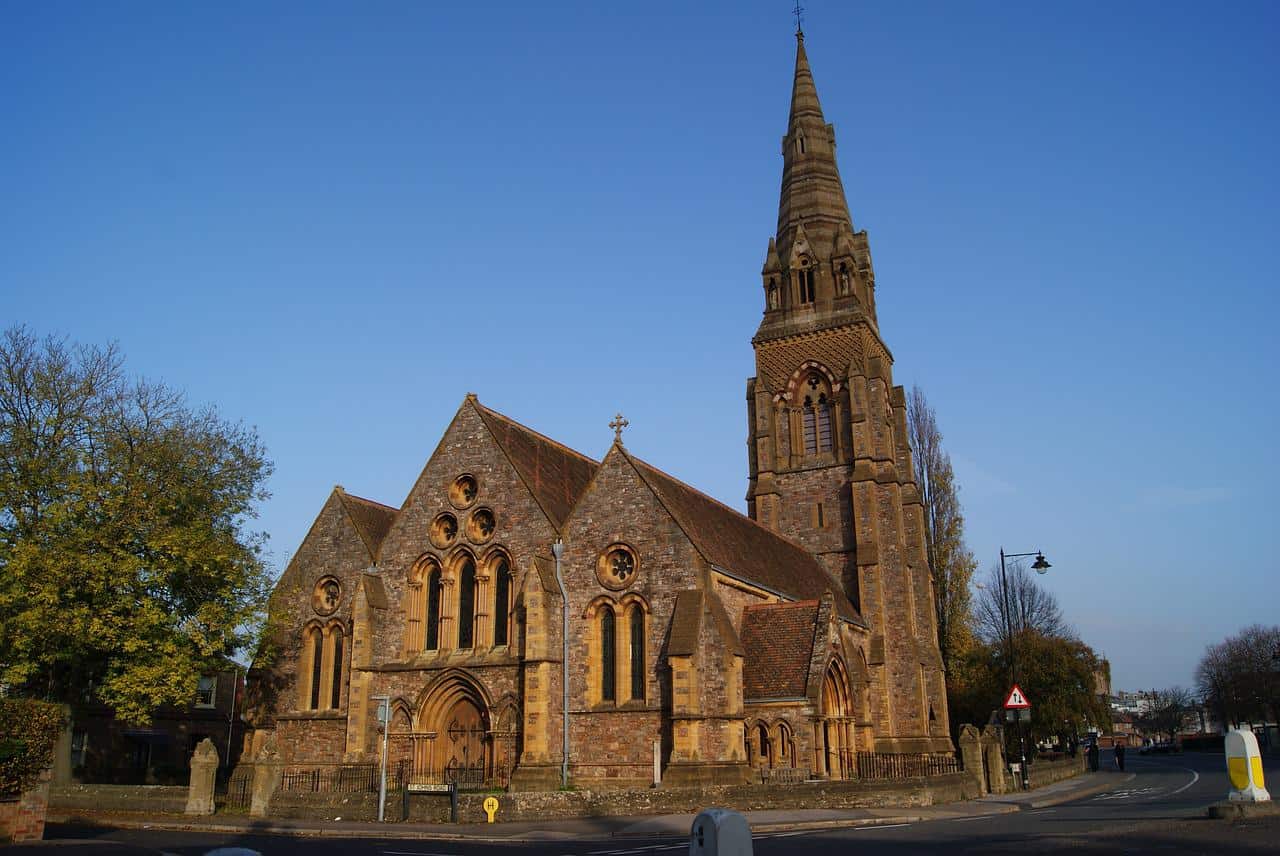When it comes to arranging a funeral, one of the most significant decisions is whether to choose burial or cremation. This choice can often be influenced by a variety of factors such as cultural traditions, personal beliefs, and of course, cost. With the rising expenses associated with traditional burials, many are left wondering: “Is cremation cheaper than burial?”
It is essential to gain a clear understanding of funeral costs. The expenses related to both burial and cremation are composed of various elements, including the price of burial plots, headstones, cemetery fees, embalming, caskets, cremation urns, and more. By conducting a thorough price comparison, one can gauge which of the two is the more economical choice.
However, it’s not all about economics. The environmental impact of burial and cremation is becoming increasingly relevant in our ecologically conscious society. Traditional burials and cremation have different environmental footprints, and it’s important to consider this when making your decision.
Another key aspect to consider is the process and costs of embalming. This procedure plays a crucial role in funeral costs and can significantly impact the overall expenses of both burials and cremations. Additionally, the type of casket chosen, whether for burial or cremation, can also have a substantial effect on funeral costs.
Ultimately, deciding between burial and cremation is a deeply personal decision. It’s about weighing both the emotional and economical aspects and understanding how consumer psychology plays a part in your choice. This article aims to provide comprehensive insights into these factors and facilitate an informed decision regarding the financial implications of burial versus cremation.
Find Out More About Our Available Affordable Funeral Plans
Speak to one of our funeral planning specialists today!
Article Key Takeaways
- Funeral costs vary depending on multiple factors, which can include the type of service chosen, burial versus cremation, cemetery fees, and costs associated with embalming and the casket.
- Cremation appears to be a more economical option when compared to traditional burial, but it also comes with unique costs that should be factored in. Environmental implications are also a consideration, with advances in technology making cremation increasingly eco-friendly.
- The decision between burial and cremation is highly personal, and consumer psychology often points towards emotional factors carrying more weight during this difficult time. This choice can be influenced by religious or cultural beliefs, personal preference, and budget constraints.
Understanding Funeral Costs
Confronting the subject of death can be challenging, especially when taking into account the funeral costs involved. Funeral costs encompass various aspects, from embalming to the casket, which can significantly impact the overall cost. By breaking down and understanding these costs, you can make informed choices during this difficult time.
There are several factors contributing to funeral costs. These can range from the type of service chosen, whether it’s a traditional burial or cremation, the cost of a burial plot or a cremation urn, the headstone, cemetery fees, and the price of embalming. Each choice carries its associated costs and can have a substantial impact on the overall expenses.
Burial vs Cremation: A Price Comparison
When comparing the expenses of a traditional burial and cremation, the costs can vary dramatically. A traditional burial usually involves costs such as buying a burial plot, a headstone, and in many cases, embalming the body. Additional costs can include the casket and funeral service fees.
Conversely, the cost of cremation generally involves the charge for the cremation process itself and the price of an urn to hold the ashes. While some costs are constant, others can fluctuate based on personal preferences and the final resting place chosen for the ashes.
The Economic Choice: Is Cremation Cheaper?
Examining the cost of burial plots, headstones, and cemetery fees, it is apparent that these elements significantly contribute to the overall expense of a burial. These costs can vary greatly depending on the cemetery’s location and the type of plot selected. In contrast, the cost of a cremation urn tends to be much lower, making cremation an economically attractive option for many.
However, cremation also comes with its own unique costs. Beyond the cremation process itself, there may be charges for services such as a memorial or viewing before the cremation. Therefore, while cremation may initially appear to be the more affordable choice, it’s crucial to consider all potential costs.
The Environmental Impact of Burial and Cremation
The environmental impact of traditional burial and cremation practices is increasingly being brought into focus. Traditional burials often involve the use of chemicals for embalming, which can leach into the ground, while the physical space required for burials contributes to land usage and deforestation issues.
While the cremation process does have an environmental footprint, primarily through energy consumption and the release of gases, advances in technology are continually reducing this impact. For instance, alkaline hydrolysis, a water-based dissolution process, is an environmentally friendly alternative to conventional cremation methods.
The Process and Costs of Embalming
Embalming is a significant contributor to funeral costs. The process, which involves preserving the body to delay decomposition, requires specialized skills and materials, contributing to its high cost. Moreover, embalming is often more associated with traditional burials than with cremations, adding to the overall cost of the former.
When comparing embalming costs between burial and cremation, it’s worth noting that embalming isn’t usually necessary for cremation. Therefore, choosing cremation could potentially save on these costs.
Caskets and Their Impact on Funeral Costs
The casket is another major factor in funeral costs. For burial, the variety and cost of caskets can range widely, from simple wooden boxes to elaborately decorated metal caskets. The choice of casket can significantly impact the overall cost of a funeral.
While cremation doesn’t usually require a traditional casket, some form of container is typically needed for the cremation process. However, these are generally less expensive than burial caskets, offering another potential area for savings when choosing cremation.
Making the Final Decision
When making the final decision between burial and cremation, it’s important to consider both the emotional and economical aspects. The choice is highly personal and can be influenced by factors such as religious or cultural beliefs, personal preferences, and of course, budget constraints.
Consumer psychology also plays a significant role in choosing between burial and cremation. Emotional factors often carry more weight in decision-making processes, especially during challenging times like dealing with a loved one’s death. Understanding this can help in making an informed choice that respects both the wishes of the deceased and the financial means of those left behind.
Frequently Asked Questions
1. What are funeral costs and what do they typically include?
Funeral costs refer to the expenses associated with arranging a funeral service. These costs usually cover services such as the funeral director’s fees, transportation, preparation and embalming of the body, use of the funeral home facilities, and the provision of a hearse and staff for the funeral procession.
2. Are burial plots expensive, and what factors determine their cost?
Burial plots can vary significantly in price depending on various factors. The location and reputation of the cemetery, the availability of plots, and the size and type of plot selected are some key factors influencing their cost. Generally, burial plots can be a substantial expense in funeral arrangements.
3. What is the purpose of a headstone and how much does it typically cost?
A headstone serves as a marker to identify the deceased’s grave and commemorate their life. The cost of a headstone can vary depending on factors such as the materials used, size, design, and any additional engravings or personalizations. On average, a headstone can range from a few hundred to several thousand pounds.
4. What are cemetery fees and what do they cover?
Cemetery fees are charges associated with the use and maintenance of cemetery grounds. These fees often include the cost of purchasing a burial plot, perpetual care of the cemetery, maintenance of the grounds, and administrative fees.
5. What is a cremation urn and how much does it typically cost?
A cremation urn is a container used to hold the cremated remains of a person. Urns are available in various materials, designs, and sizes, which can affect their cost. Generally, cremation urns can be purchased for as low as £50, whereas more elaborate or customized options can cost several hundred pounds.
6. How does cremation compare to burial in terms of price?
Cremation tends to be comparatively cheaper than burial due to several factors. With cremation, there is usually no need for burial plots, headstones, or cemetery fees, which significantly reduces the overall cost. However, it is essential to consider other associated expenses, such as the memorial service and the cost of an urn or scattering of ashes.
7. What are the environmental impacts of cremation and burial?
Cremation is generally considered to have a lower environmental impact compared to traditional burial. Cremation results in the reduction of land use since no burial plot is required, and the emissions produced during the process can be minimized through advanced filtration systems. Traditional burial, on the other hand, utilizes land resources and may involve the use of embalming chemicals that can have negative environmental effects.


